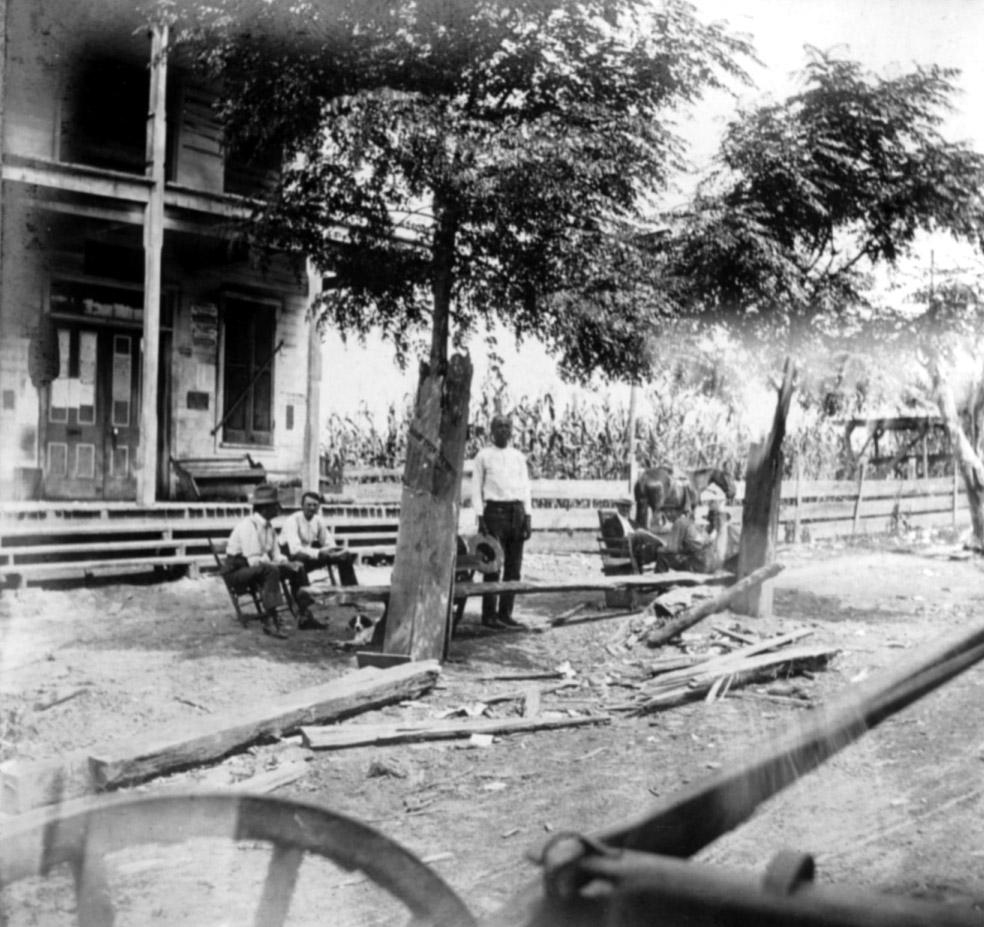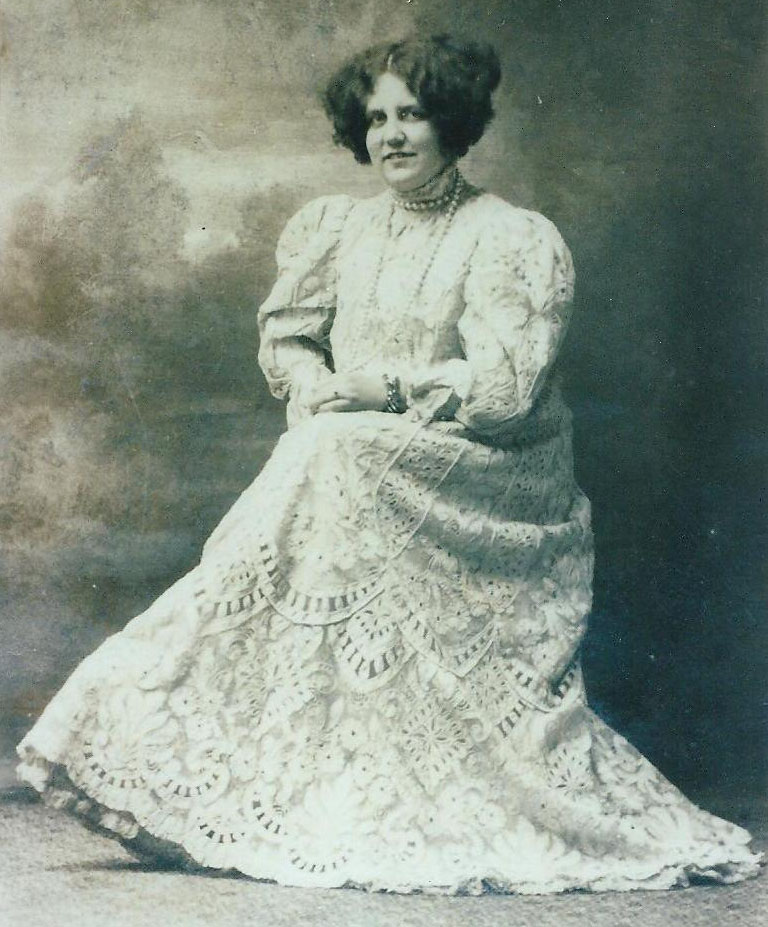It happens often enough to be a cliché; small town papers love a good “local boy [or gal] makes good” story. The “Bossier Banner Progress” was no exception. The editor especially liked the story of his former schoolmate, William “Pearce” O’Neal. O’Neal was born in Bellevue and became an international business and banking leader in New Orleans. The “Banner Progress” featured him in two stories.
One story was in May of 1924 when the editor was perusing “The Southern Banker,” a periodical out of Atlanta, Georgia, an illustration of a familiar face and this accompanying text caught his attention:
“Mr. O’Neal, who went to New Orleans twenty-eight years ago with 75 cents in his pocket has had a deep and thorough training in business. He stuck with that firm and step by step started as a sample wrapper [sending out sample goods in specially imprinted wrappers was important for advertising in those days] in a wholesale grocery company. Step by step he moved up the ranks to vice president of the company.”
“The Southern Banker” reported on O’Neal in 1928 when he was named president of the Louisiana Bankers Association. The editor of the Banner also wrote about it in June of that year, and had not forgotten about the 75 cents in Mr. O’Neal’s pocket:
“Mr. O’Neal was born and reared at old Bellevue, removed with the members of his father’s family from that place to Benton about the time the town became the parish seat and his employment during the days of his youth, when not a student in the home schools, was to clerk in his father’s general merchandise store, both here [in Benton] and in Bellevue. He left Benton for New Orleans twenty-eight years ago, and we happen to know that he reached that city with only 75 cents in change in his pocket—and fewer changes of underwear in his weather-beaten suitcase. But he had the determination to succeed—bulldog tenacity—and did. Being stranded and in a city, among strangers, did not daunt him in the least, as his rapid rise in commercial life reflects.”
There is no doubt Mr. O’Neal became very successful – being named president of the Louisiana Bankers Association was about the highest professional honor in the state -- and the record shows his climb was rapid. Just how ‘alone’ and broke he was when he started his career in New Orleans is difficult to tell. He certainly didn’t start with zero experience in moving merchandise. He had worked at his family’s stores in Benton and Bellevue. In truth, it was not uncommon for ambitious peddlers or small-town general merchants to move to large cities like New Orleans, where they had contacts with wholesalers, and join those firms themselves.
In 1900, W.P. O’Neal was listed on the U.S. Census as living in Bellevue, and by the Banner’s estimation that same year is when he moved to Benton. Just a few years later, in the “World’s Fair Bulletin” of the illustrious 1904 Louisiana Purchase Exhibition in St. Louis, Missouri, he was featured in an article about the country of Brazil’s Coffee Exhibit as a “member of a well-known coffee importing house in New Orleans.” O’Neal reported that three years prior he’d travelled to Brazil, spending hundreds of dollars and months of time visiting various coffee plantations, and urged merchants throughout the country to make the shorter trip to the World’s Fair for an almost equally edifying experience.
Later he joined Standard Rice Milling Company and remained there for eight years as vice president and general manager. He then joined a new bank, Marine Bank of New Orleans, and was put in charge of business departments as one of its first stockholders and directors. His responsibilities kept increasing until elected vice president. He served on the Inland Waterways Commission and assisted with getting local communities desperately-needed flood relief during the unprecedented flooding along the Mississippi River from late summer 1926 and 1927.
Pearce O’Neal also had luck on his side. He served as president of the Louisiana Bankers Association for the year 1928-29 in a "bull market." Imagine the year his successor P.C. Willis of Shreveport must have had for 1929-1930 when the stock market crashed! Ironically, stories like O'Neal's, of rural Americans coming to the big city with hopes of a more prosperous life in the rising industrial sector, are often cited as one factor in the crash. While American cities prospered, major migration from rural areas and the resulting neglect of US agriculture created financial hopelessness among American farmers and instability for the US economy.
William Pearce O’Neal had a wife named Carrie and two children, W.P. O’Neal, Jr. and Pattye Caroline Brown. He passed away in 1940. We have very little information on his wife Carrie, who was from Tennessee, and we currently have no pictures of him. If you have any, we would love to make copies of them for our collection! If your family has any local business stories to tell or photos to share, please visit us at the Bossier Parish Libraries History Center and let us know. We are located at 2206 Beckett St, Bossier City, LA and are open M-Th 9-8, Fri 9-6, and Sat 9-5. Our phone number is (318) 746-7717 and our email is history-center@bossierlibrary.org
For other fun facts, photos, and videos, be sure to follow us @BPLHistoryCenter on FB, @bplhistorycenter on TikTok, and check out our blog http://bpl-hc.blogspot.com/.
Images:
- Louisiana State Building at the 1904 World’s Fair, from “Sights, Scenes and Wonders at the World's Fair; Official Book of Views of the Louisiana Purchase Exposition of the St. Louis, Official Photographic Company C1904. From the Library of Congress (loc.gov).
- Former O'Neal Store at Bellevue – appears to be after the Parish seat had been moved from Bellevue to Benton. Bossier Parish Libraries History Center photo, C1910.
Article by: Pam Carlisle










